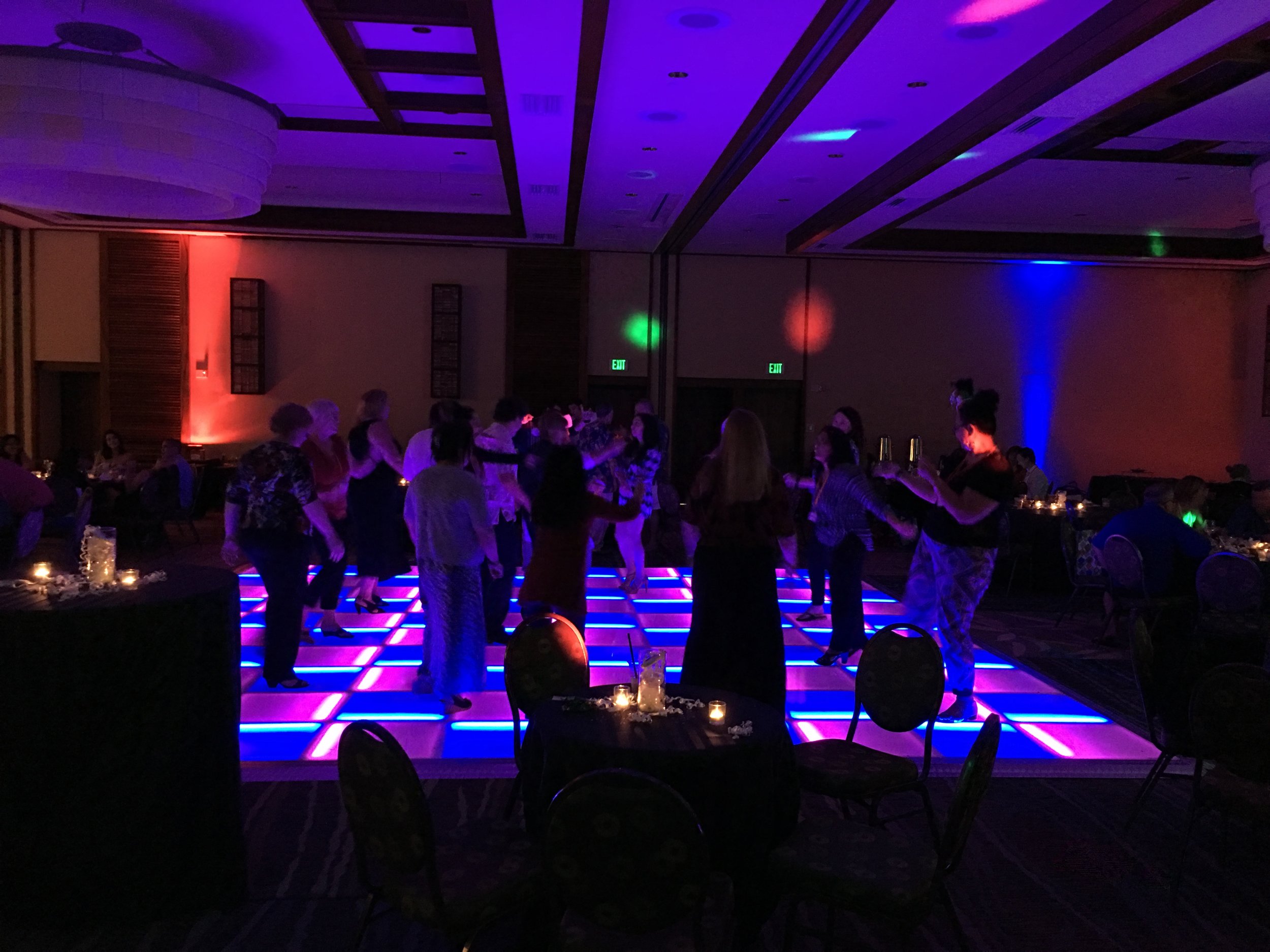
The main colors are crimson, azure, and golden. These hues cannot be made by mixing other hues together. Intermediate hues, such as emerald, tangerine, and violet, are formed by combining main hues. Tertiary colors are created by combining a main hue with a intermediate hue. Grasping these basic connections helps creators select hues that enhance one another and create a visually pleasing show. Combining these hues on an LED dancing floor can lead to dynamic and exciting outcomes that attract the attention of dancers.
Color temperature also holds a key part in aesthetics. Colors can be classified as warm or cool. Warm hues, such as red, orange, and golden, tend to evoke feelings of enthusiasm and warmth. In contrast, chill hues like blue, emerald, and purple often create a serene and tranquil environment. Creators can use these hue values to set the mood for various kinds of occasions. For instance, a party atmosphere may benefit from hot colors that energize the crowd, while a further calm dance floor rental for gala events occasion might use cool hues to offer a calming influence.
In addition to color pairings and value, brightness and intensity are essential factors to take into account. Brightness denotes to how light or dark a hue looks, while intensity indicates the intensity of a hue. Vivid, saturated colors can generate a lively and energetic atmosphere, perfect for dance floors. On the contrary hand, gentler, less saturated hues can generate a further muted environment. Through manipulating brightness and intensity, creators can attract focus to specific sections of the dancing surface or create visual routes, guiding participants through the space.
Ultimately, it is crucial to this content take into account the psychological effects of hue in light-emitting diode dancing surface layouts. Different hues can evoke various feelings and responses. For instance, crimson is frequently linked with zeal and vitality, while blue can be soothing and peaceful. Grasping these connections allows designers to tactically use hues to influence the behavior of participants. By incorporating hue principles into LED dance surface layouts, designers can improve the total experience, rendering it unforgettable and pleasurable for all participating.